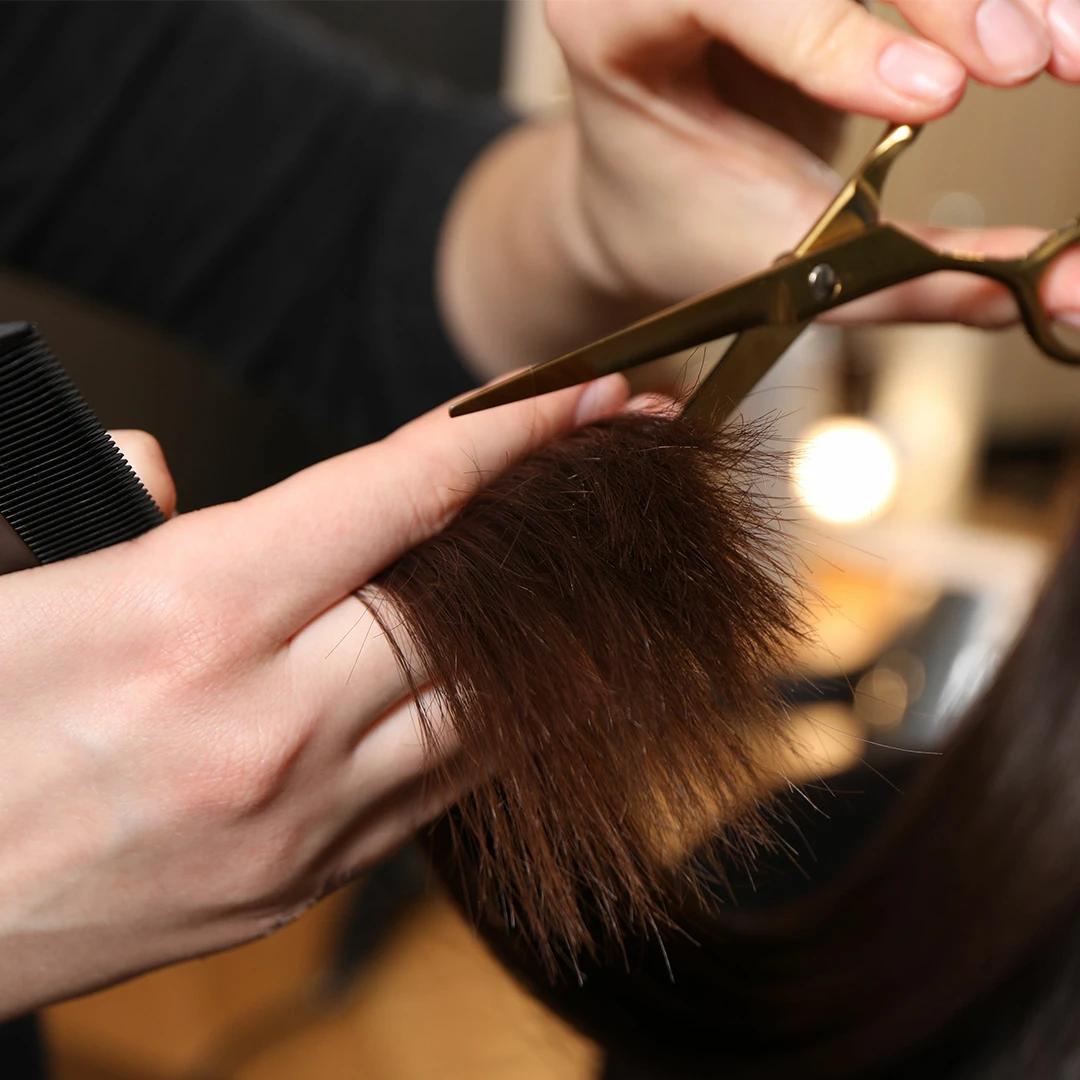Fixing Cowlicks and Stubborn Areas
Some hair just won't behave, no matter how well you cut it. Work with your natural growth patterns rather than against them. Sometimes a slight adjustment to the cut's direction can make all the difference.
When to Seek Professional Help
Whilst DIY haircuts can be brilliant, there are times when it's worth investing in professional salon hair services. Knowing your limits isn't admitting defeat—it's being smart about getting the results you want. Some techniques really do require professional training and experience.
Complex Styles and Techniques
Intricate layering, dramatic length changes, or avant-garde styles often need professional expertise. If you're attempting something completely different from your current style, a professional consultation might save you from disaster.
Colour Services and Chemical Treatments
Anything involving chemicals—bleaching, colouring, perming, or relaxing—is best left to professionals. These processes can seriously damage your hair if done incorrectly, and the results are much harder to fix than a wonky cut.
Corrective Haircuts
If your DIY attempt has gone properly wrong, don't try to fix it yourself. A professional stylist can assess the damage and create a plan to get your hair back to a style you're happy with.
Frequently Asked Questions
How often should I cut my own hair?
Most hair cut styles need maintenance every 4-8 weeks, depending on the style and how fast your hair grows. Short cuts need more frequent trims, whilst longer styles can go longer between cuts.
What's the best way to cut curly hair at home?
Always cut curly hair when it's dry and in its natural state. Cut each curl individually, and remember that curly hair springs up when cut, so it will appear shorter than where you actually cut it.
Can I achieve salon-quality layers by myself?
Basic long layers are doable at home, but complex layering systems are tricky without professional training. Start with simple, face-framing layers and work up to more complex techniques as your skills develop.
How do I choose the right hair cutting scissors?
Look for scissors specifically designed for hair cutting, with sharp blades between 5-7 inches long. Avoid household scissors, which can damage hair and make precise cutting nearly impossible.
Final Thoughts
Mastering the art of cutting your own hair is like learning any new skill—it takes practice, patience, and a willingness to learn from mistakes. Start with simple trims and basic cuts before attempting more complex hair cut styles. Remember that even professional stylists had to start somewhere, and every mistake is a learning opportunity. With the right tools, techniques, and realistic expectations, you can achieve great results at home. However, don't hesitate to seek professional help when you need it—sometimes the best DIY decision is knowing when to call in the experts.

 1 Unit
1 Unit